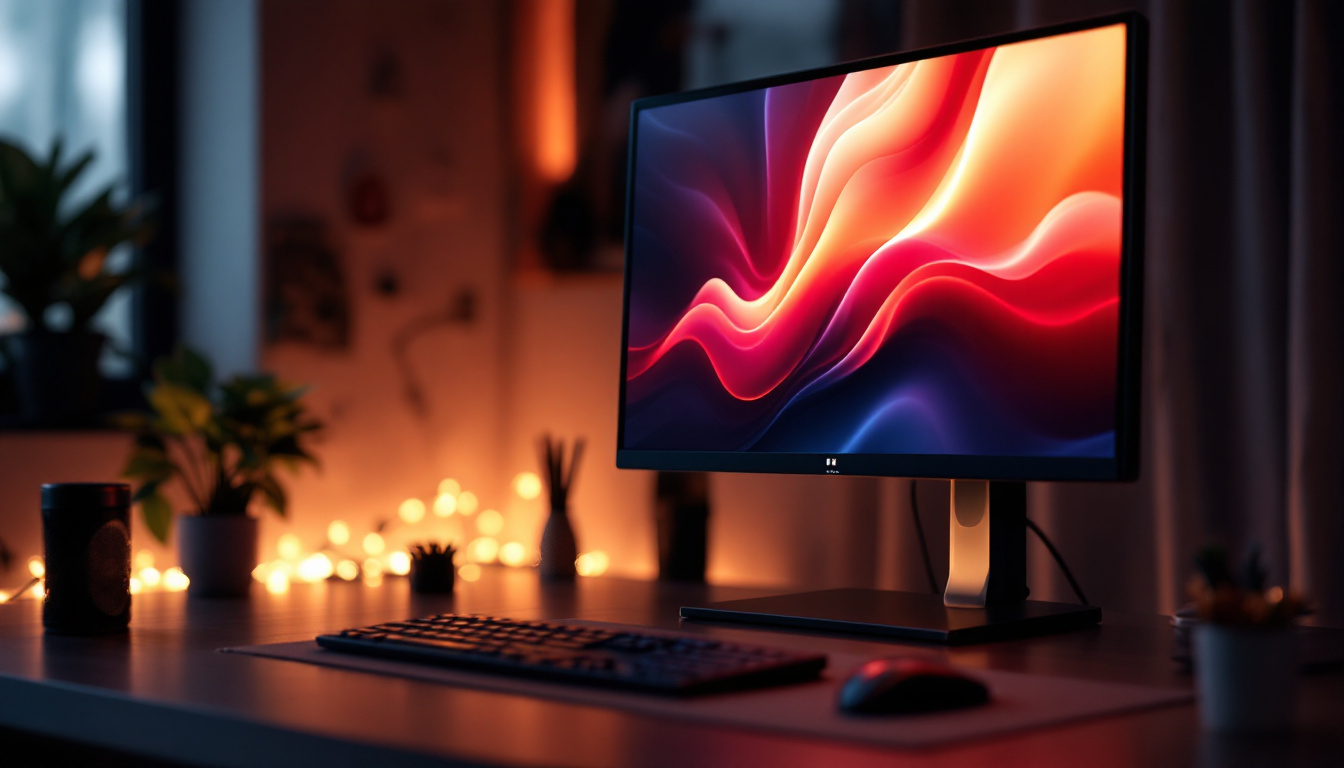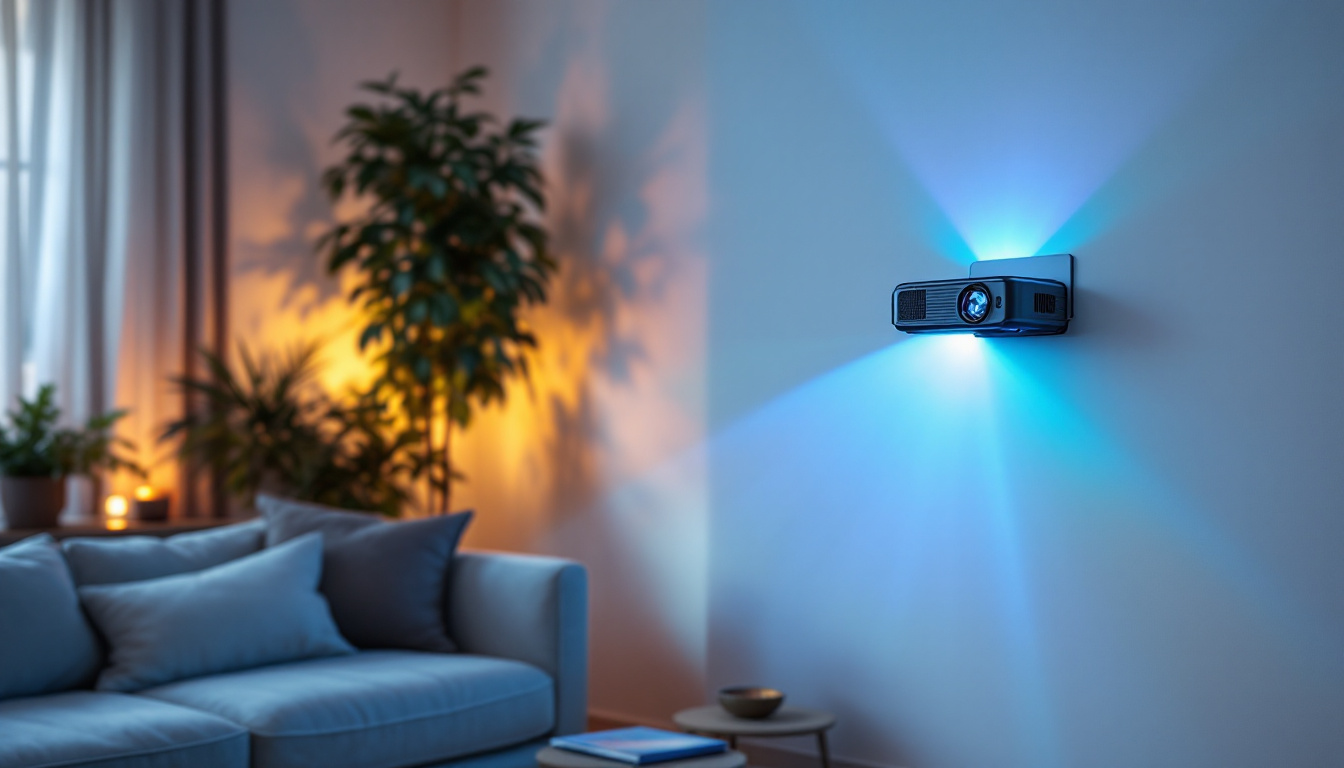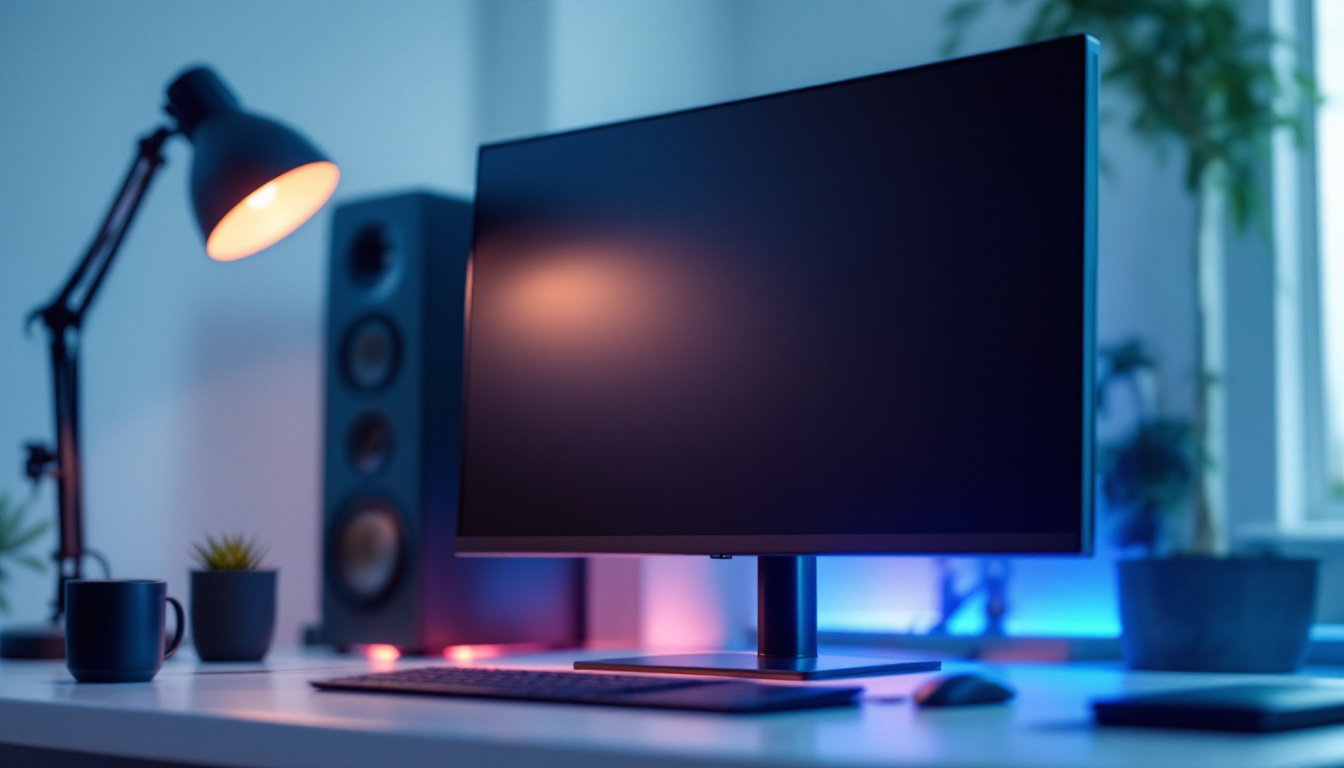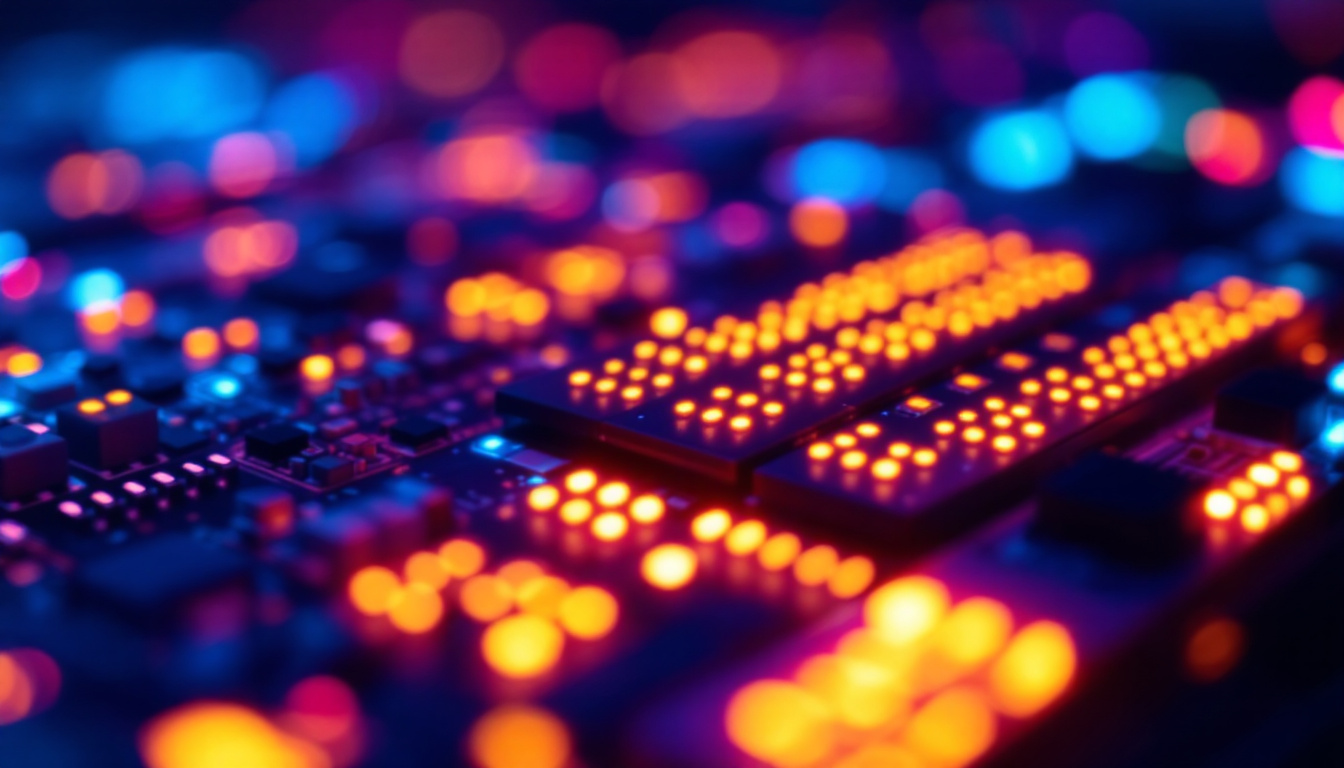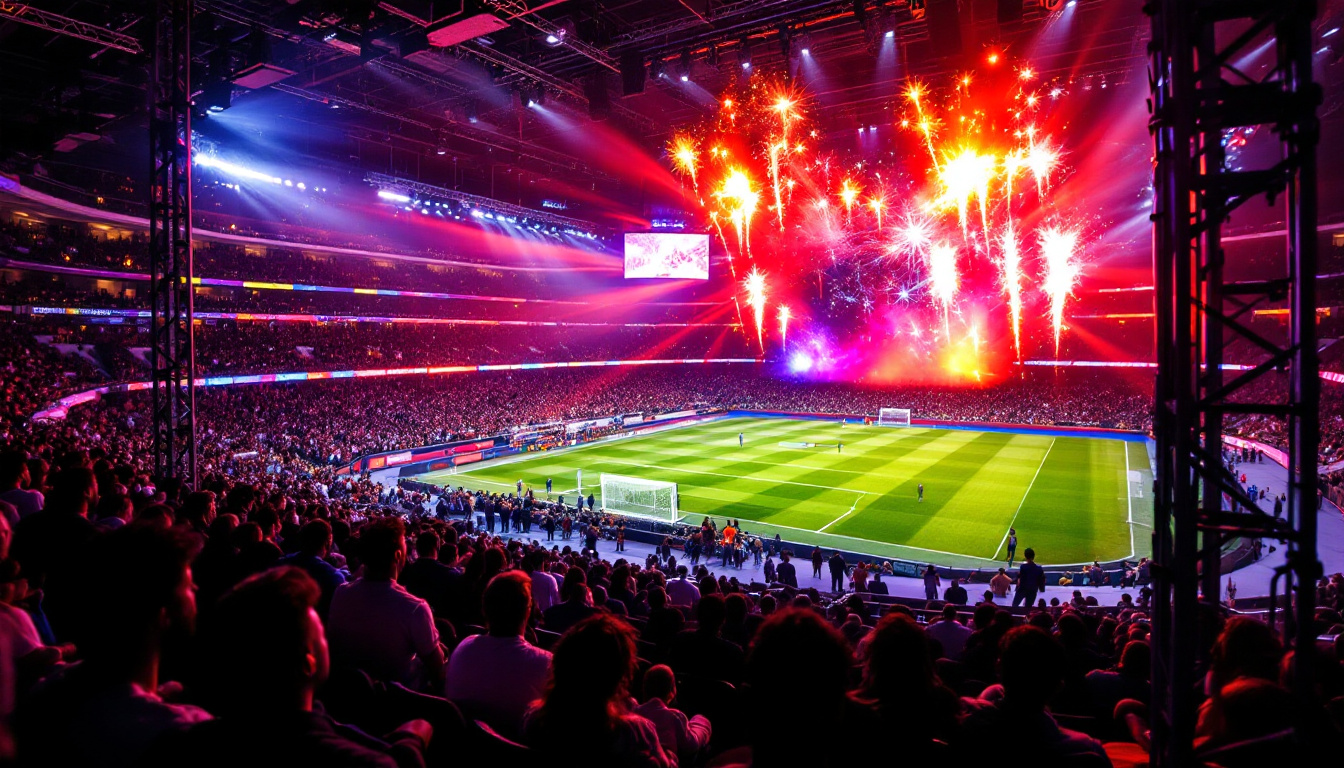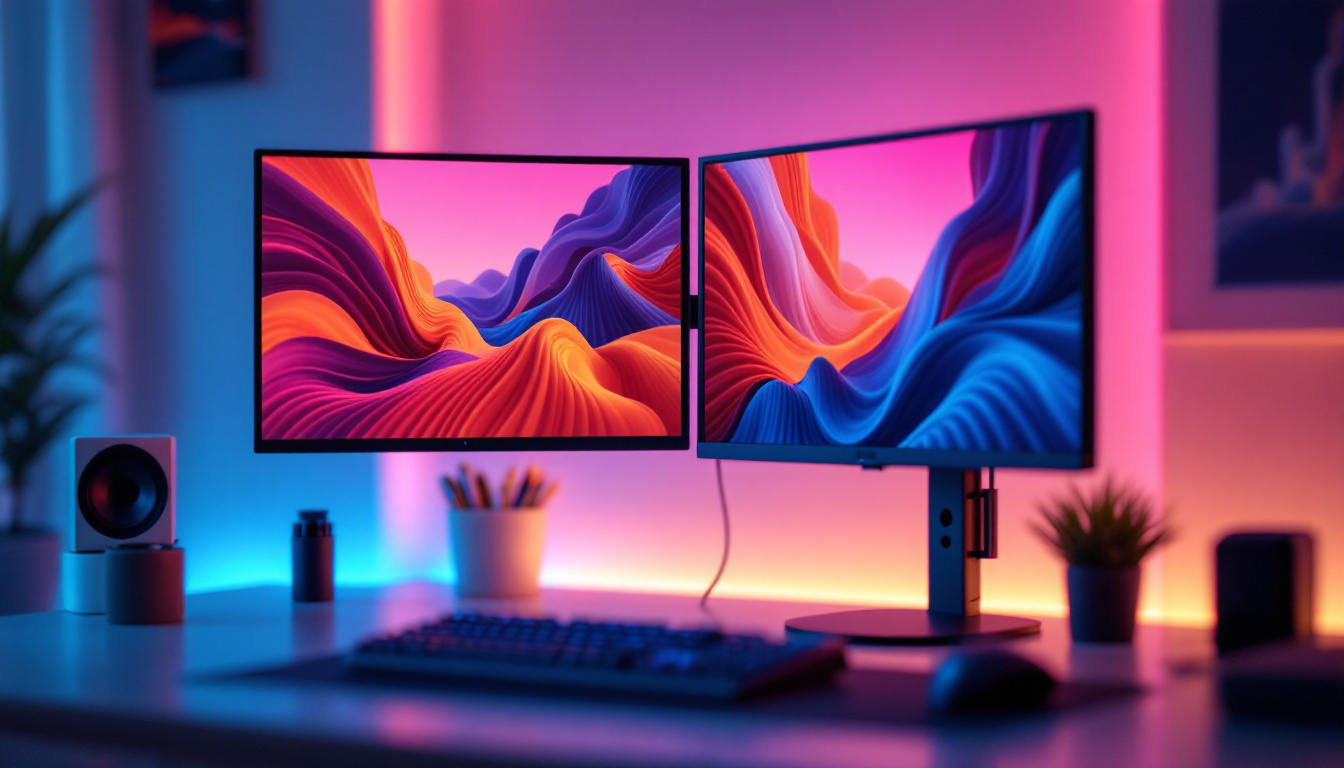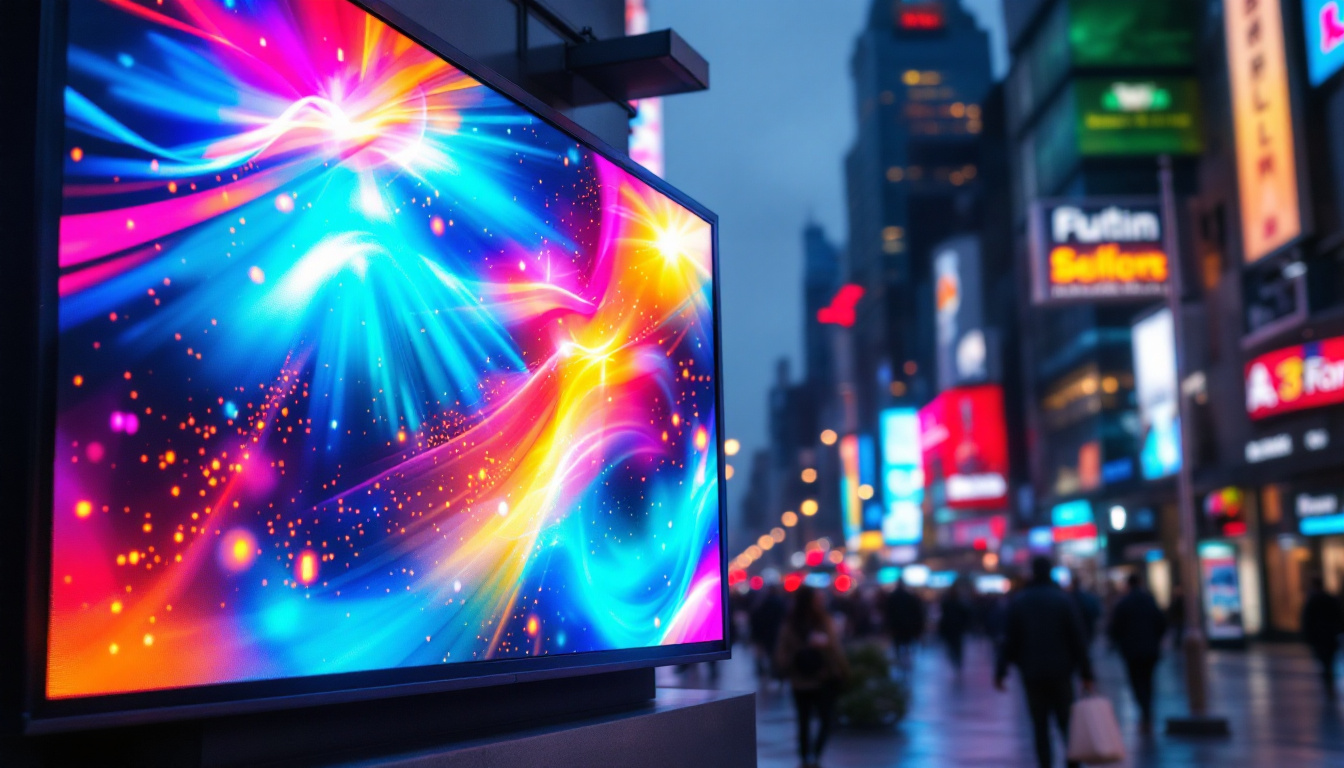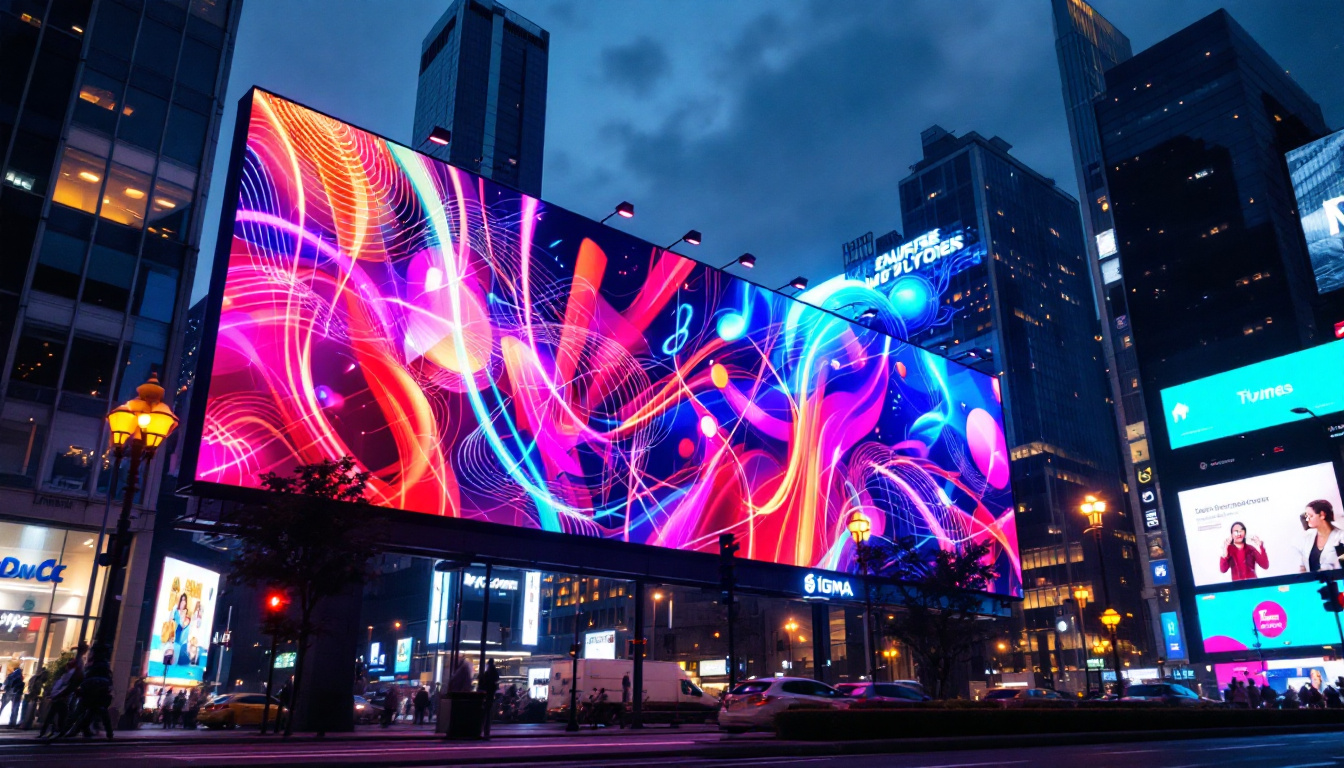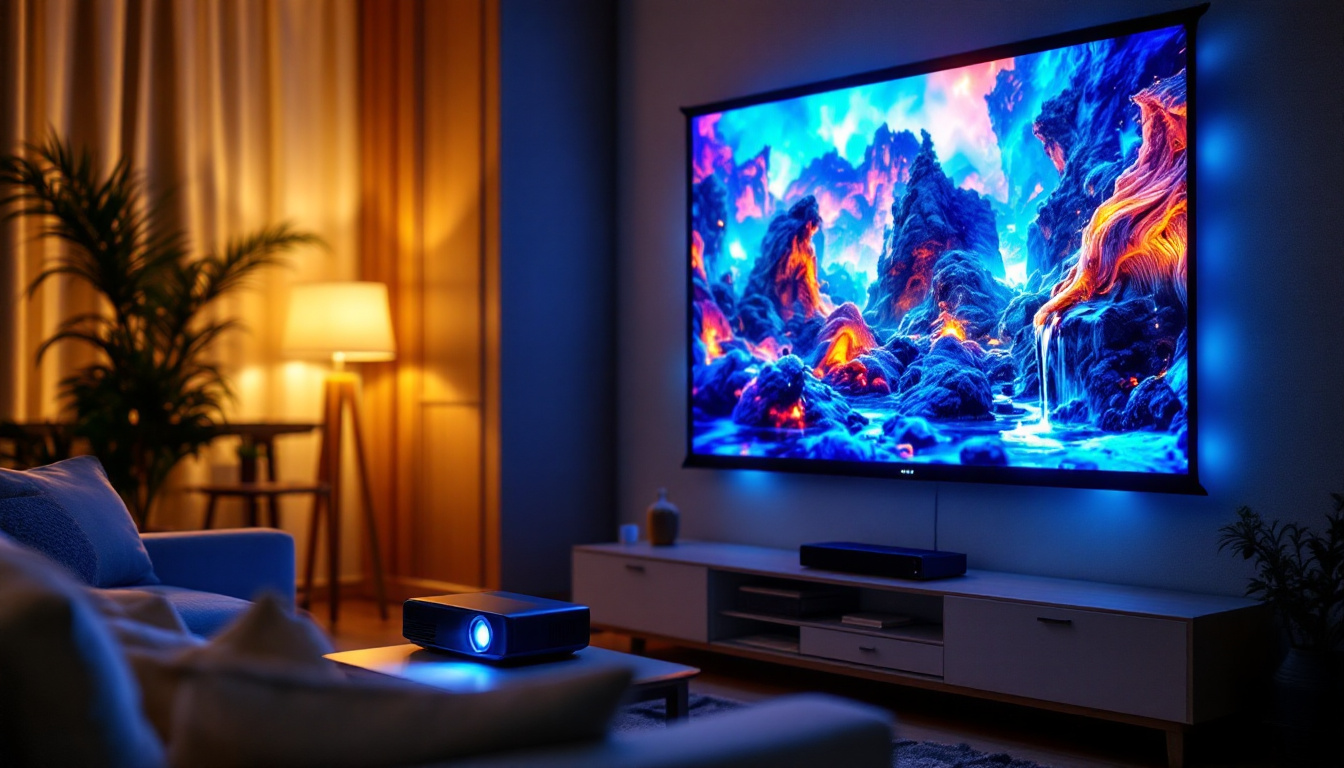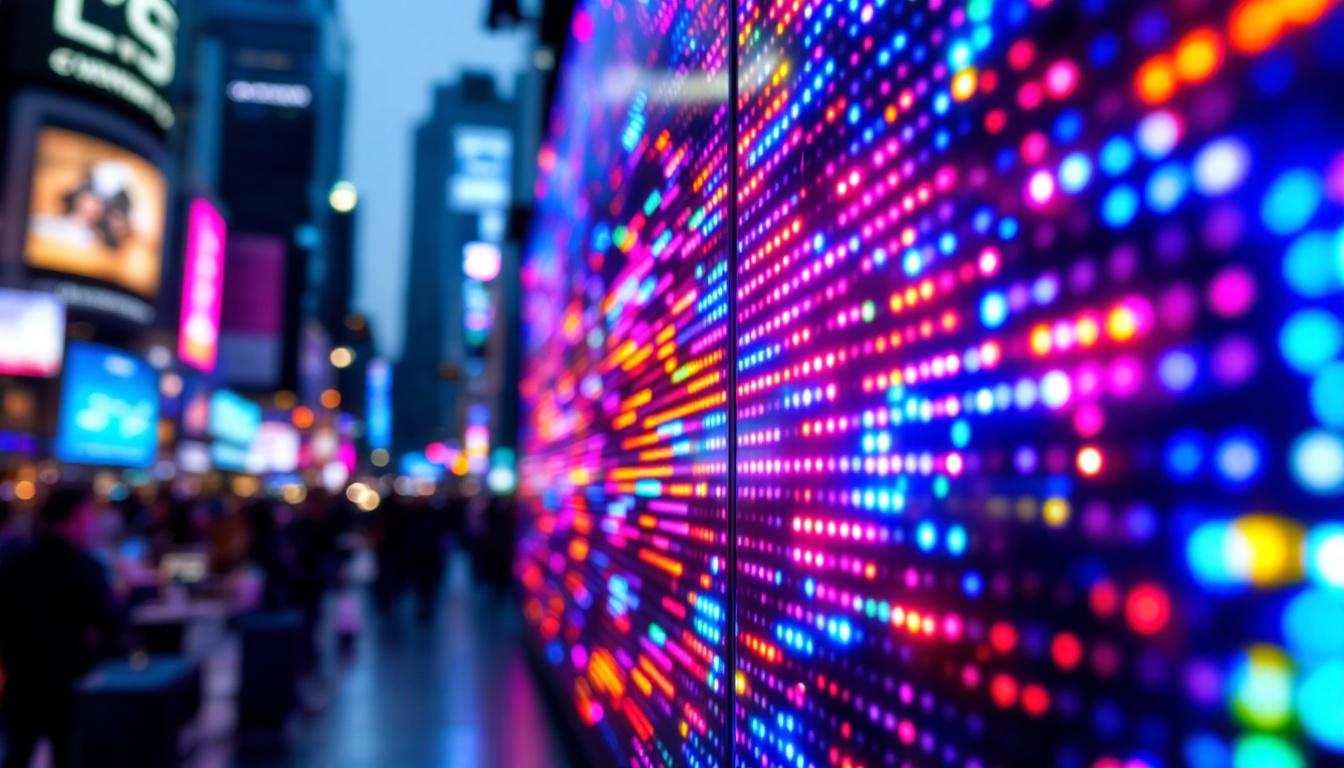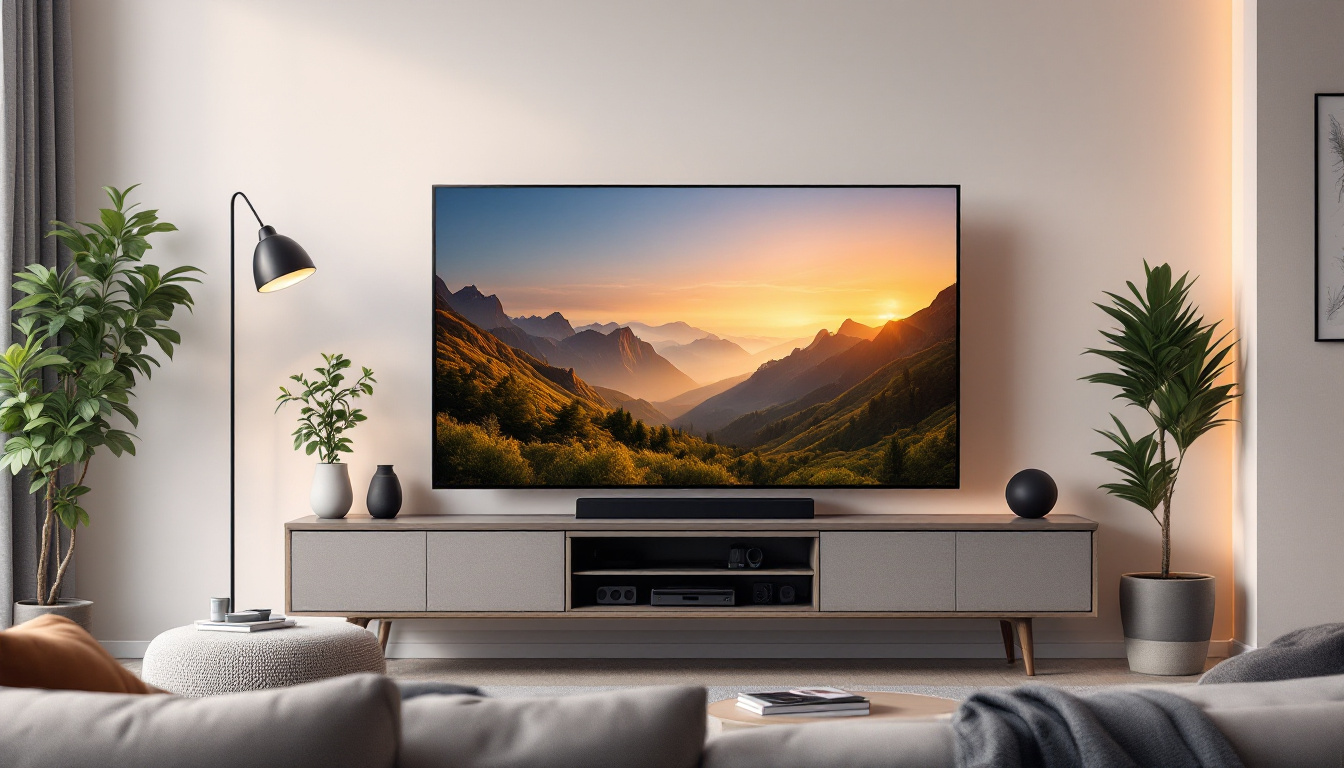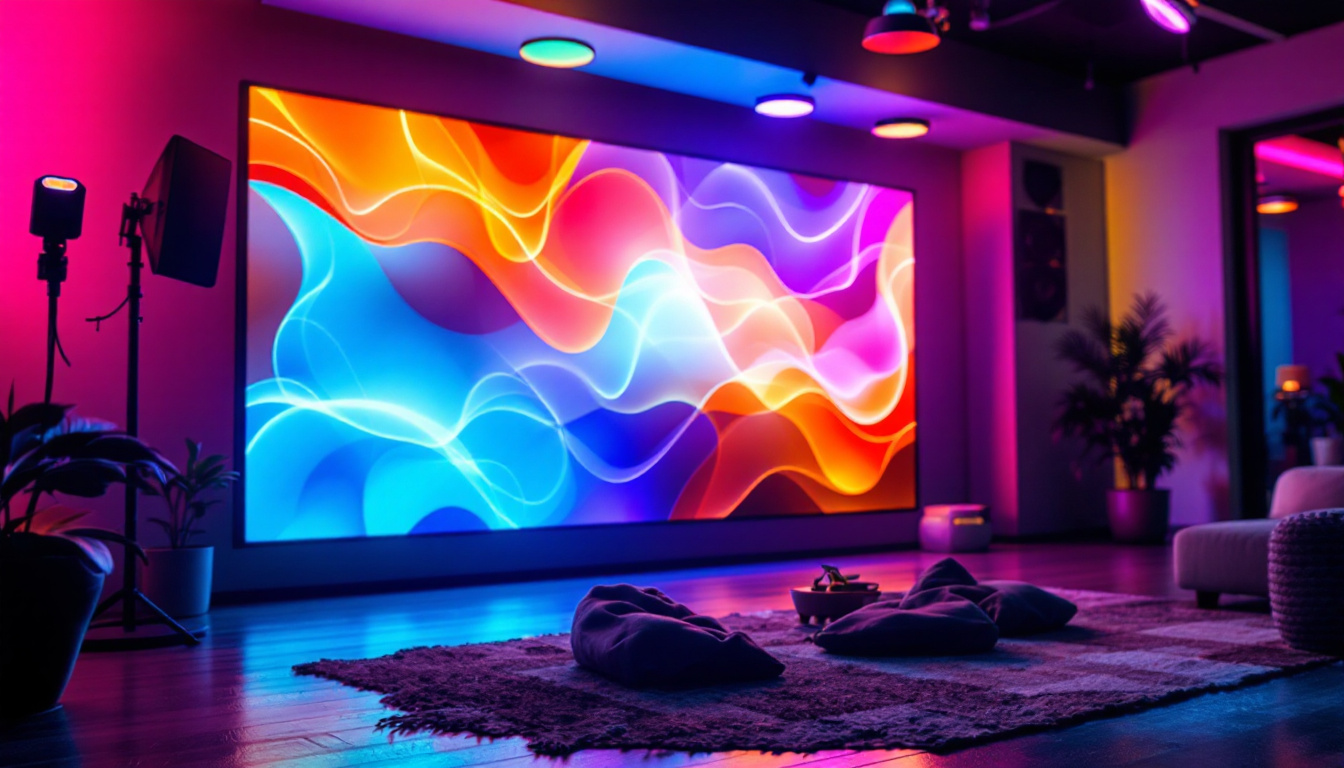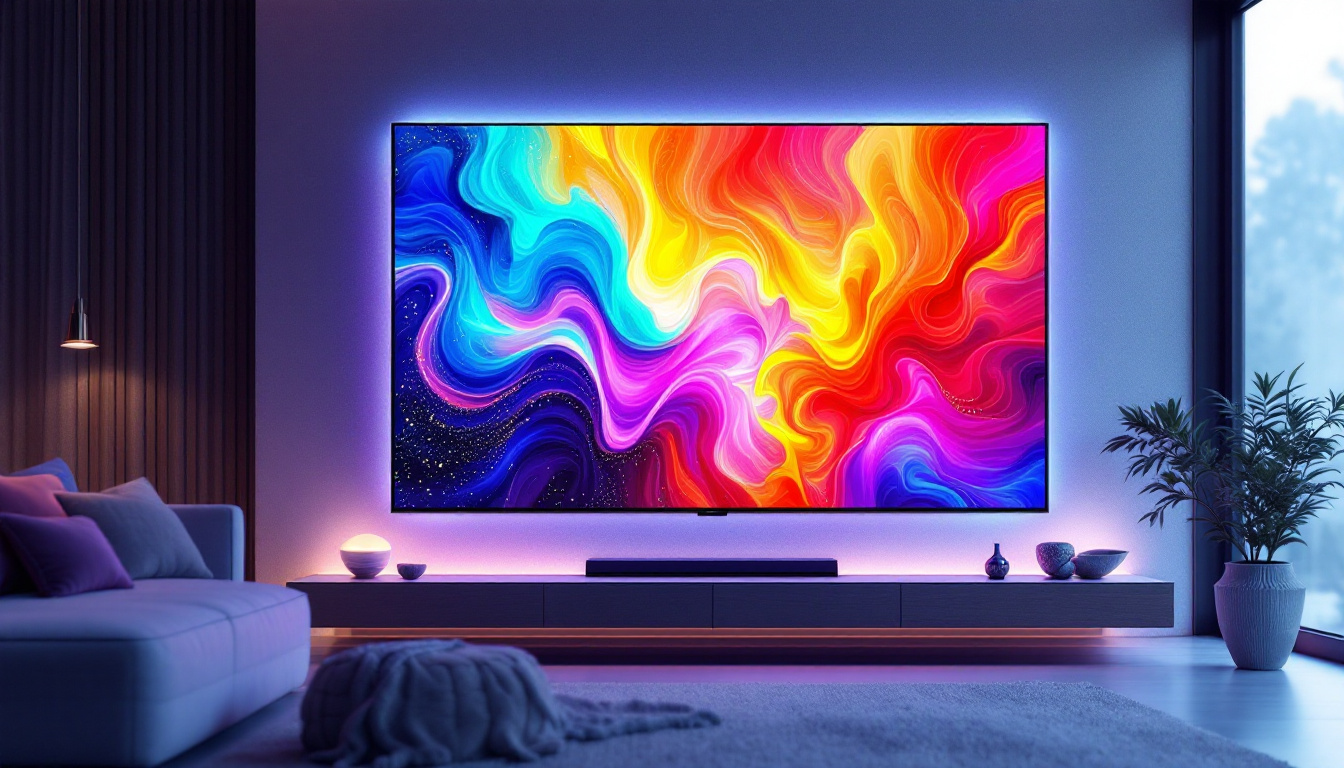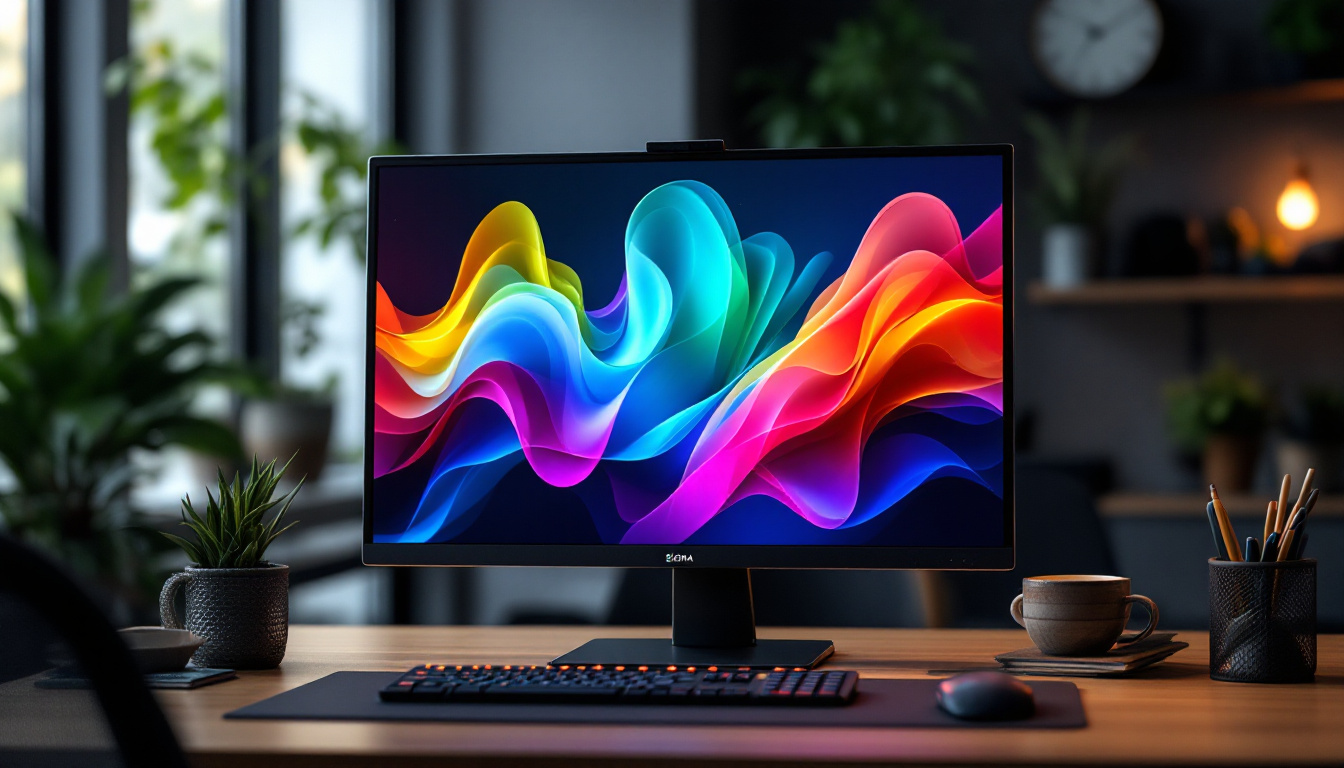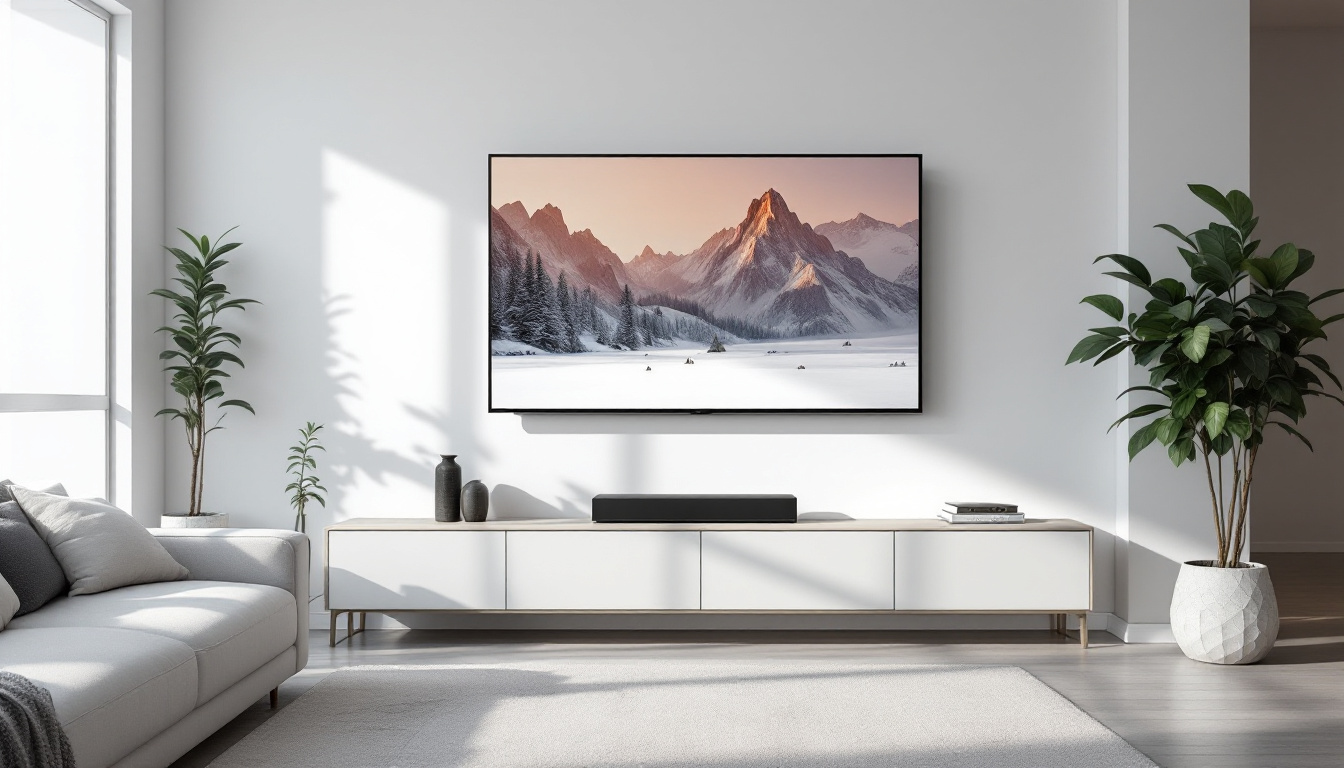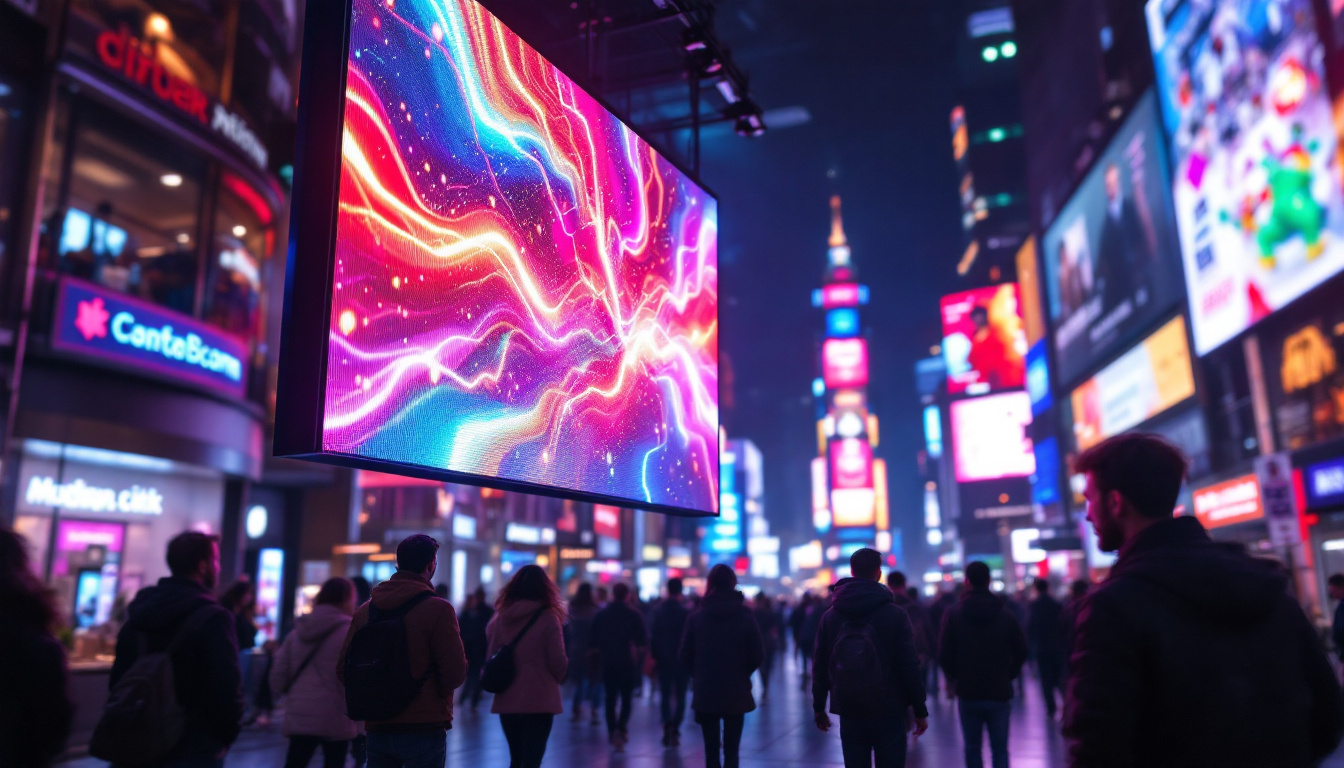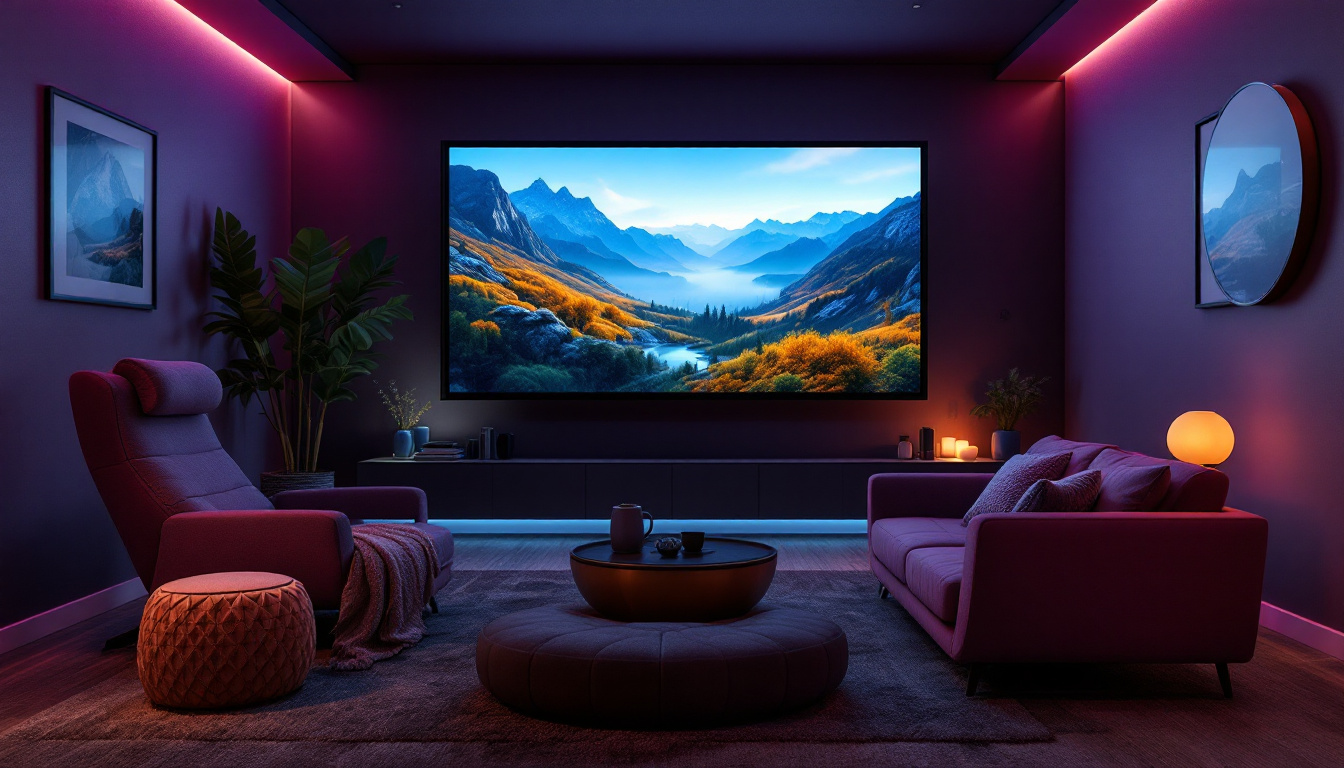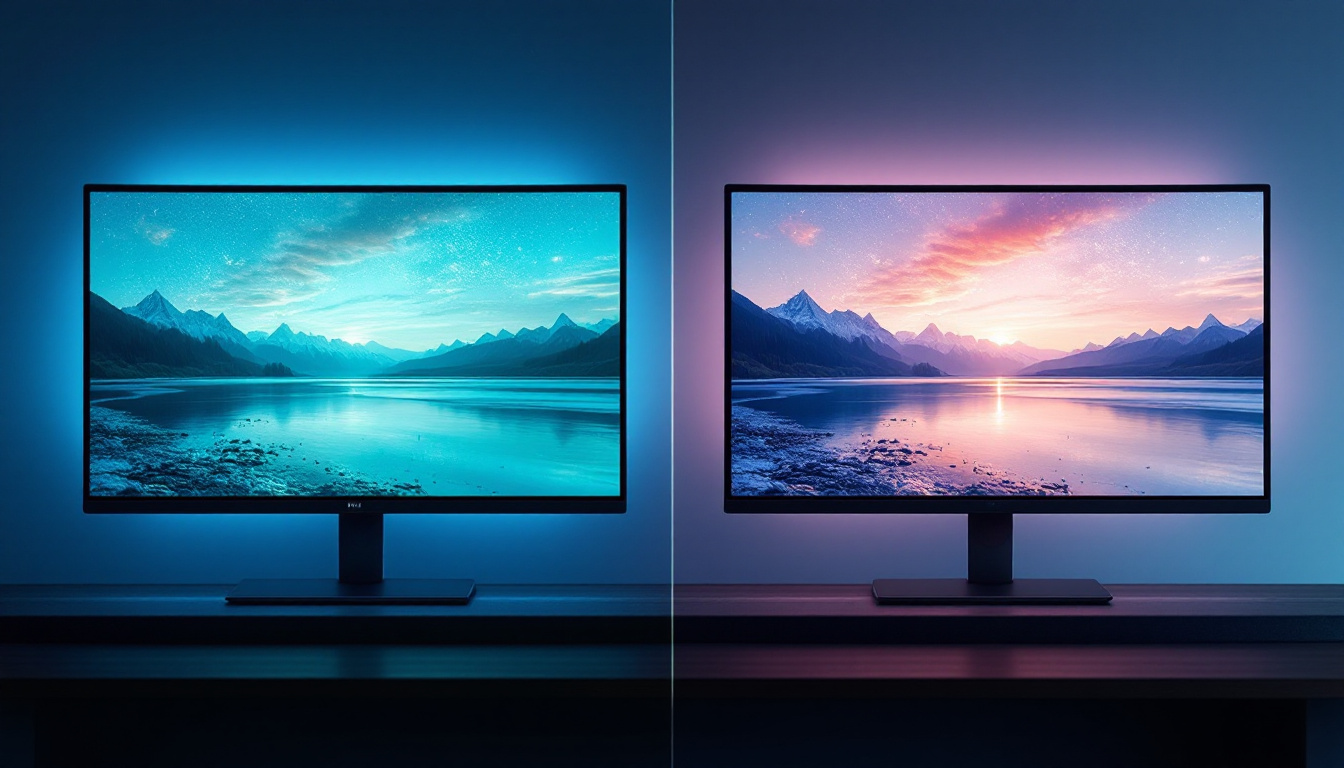In the modern digital age, computer monitors have become essential tools for both work and entertainment. Among the various types of displays available, LED (Light Emitting Diode) displays stand out for their vibrant colors, energy efficiency, and sleek designs. This article delves into the intricacies of LED displays, particularly focusing on computer monitors with stands, and how they enhance the user experience.
Understanding LED Technology
LED technology has revolutionized the way images are displayed on screens. Unlike traditional LCD monitors that use fluorescent backlighting, LED monitors utilize tiny diodes to produce light, resulting in brighter images and better contrast ratios.
The Basics of LED Displays
At the core of LED displays is the concept of pixels. Each pixel consists of red, green, and blue sub-pixels that combine to create a full spectrum of colors. When these sub-pixels are illuminated by LEDs, they produce vivid images that are more vibrant than those displayed on older technologies.
Moreover, LED displays can be categorized into two main types: edge-lit and backlit. Edge-lit displays have LEDs positioned around the edges of the screen, while backlit displays have a grid of LEDs behind the screen. Backlit displays generally offer better color accuracy and uniform brightness. The choice between these types often depends on the intended use; for instance, edge-lit displays are typically thinner and lighter, making them ideal for portable devices, while backlit displays are favored for applications requiring high fidelity in color reproduction, such as graphic design and video editing.
Benefits of LED Monitors
LED monitors provide numerous advantages over their predecessors. One of the most significant benefits is energy efficiency. LED technology consumes less power, which not only reduces electricity bills but also contributes to a smaller carbon footprint.
Additionally, LED monitors tend to have a longer lifespan compared to traditional displays. With fewer components that can fail, users can expect their monitors to last for several years with minimal degradation in performance. This longevity is particularly beneficial in commercial settings, where the cost of frequent replacements can add up significantly. Furthermore, LED technology is less prone to screen burn-in, a common issue with older display technologies, ensuring that images remain sharp and clear over time. The durability of LED displays also extends to their physical resilience, as many models are designed to withstand impacts and harsh conditions, making them suitable for a wide range of environments, from home offices to industrial settings.
Features of Computer Monitors with Stands
When selecting a computer monitor, the stand is often an overlooked feature. However, a well-designed stand can significantly enhance the ergonomics and usability of the monitor.
Adjustability and Ergonomics
Many modern monitors come with adjustable stands that allow users to modify the height, tilt, and swivel of the screen. This flexibility is crucial for maintaining proper posture and reducing strain during long hours of use.
For instance, a monitor that can be raised to eye level helps prevent neck and back pain, which are common complaints among individuals who spend extended periods in front of a screen. Furthermore, the ability to tilt the monitor can help minimize glare from overhead lighting. Some advanced models even offer features like pivot adjustments, allowing users to switch between landscape and portrait orientations, which can be particularly beneficial for tasks such as coding or reading lengthy documents.
Design and Aesthetics
The design of a monitor stand can also impact the overall aesthetics of a workspace. Sleek, minimalist designs can complement modern office environments, while more robust stands may provide stability for larger screens. Some stands even incorporate cable management features, helping to keep the workspace tidy and organized.
In addition, color options and materials can enhance the visual appeal of the monitor, allowing users to choose a display that aligns with their personal style or corporate branding. Moreover, some manufacturers are now experimenting with eco-friendly materials, appealing to environmentally conscious consumers. The integration of LED lighting in monitor stands is another trend, providing ambient illumination that not only enhances the visual experience but also reduces eye strain in dimly lit environments. This thoughtful approach to design ensures that the monitor stand is not just a functional accessory but also a stylish addition to any workspace.
Choosing the Right Monitor
Selecting the right computer monitor involves considering several factors, including screen size, resolution, and intended use. Each of these elements plays a crucial role in determining the overall experience.
Screen Size and Resolution
Screen size is often a primary consideration. Monitors typically range from 21 inches to 34 inches or more. Larger screens can provide a more immersive experience, especially for gaming or multimedia applications. However, the size should be balanced with the available desk space and viewing distance. For instance, a 34-inch ultrawide monitor can offer a panoramic view that enhances productivity by allowing users to multitask more efficiently, while a smaller monitor may be more suitable for compact workspaces.
Resolution is another critical factor. Common resolutions include Full HD (1920×1080), Quad HD (2560×1440), and 4K (3840×2160). Higher resolutions offer sharper images and more detail, making them ideal for graphic design, video editing, and gaming. Additionally, some monitors come with advanced technologies like HDR (High Dynamic Range), which can significantly improve color accuracy and contrast, further enhancing the visual experience. This is particularly beneficial for photographers and videographers who rely on precise color representation in their work.
Intended Use
The intended use of the monitor should guide the selection process. For general office work, a standard Full HD monitor may suffice. However, creative professionals may require higher resolutions and color accuracy to ensure their work is represented accurately. Monitors with IPS (In-Plane Switching) panels are often favored in these scenarios due to their superior color reproduction and wide viewing angles, which are essential for tasks that demand precision.
Gamers, on the other hand, may prioritize refresh rates and response times. Monitors with higher refresh rates (e.g., 144Hz or 240Hz) provide smoother visuals, which can enhance the gaming experience significantly. Furthermore, features like G-Sync and FreeSync can help eliminate screen tearing and stuttering, ensuring a fluid gameplay experience. Beyond performance, gamers might also consider aesthetics, such as RGB lighting and customizable designs, to create a visually appealing setup that complements their gaming environment.
Common Features to Look For
When shopping for a computer monitor, several features can enhance usability and performance. Understanding these features can help users make informed decisions.
Connectivity Options
Modern monitors often come equipped with a variety of connectivity options, including HDMI, DisplayPort, and USB-C. These ports allow for easy connection to laptops, desktops, and other devices. USB hubs integrated into the monitor can also provide additional convenience by allowing users to connect peripherals directly.
Furthermore, some monitors support daisy chaining, which enables multiple displays to be connected through a single cable, reducing clutter and simplifying setups. This feature is particularly beneficial for professionals who require extensive screen real estate, such as financial analysts or video editors, allowing them to manage multiple applications simultaneously without the hassle of tangled cables.
Color Accuracy and Calibration
For tasks that require precise color representation, such as photo editing or graphic design, color accuracy is paramount. Many monitors come factory-calibrated, ensuring that colors are displayed as intended. Users can also invest in calibration tools to achieve even greater accuracy. Calibration software can help maintain color consistency over time, which is crucial for projects that demand high fidelity.
Look for monitors that support a wide color gamut and have high color fidelity ratings. This ensures that the monitor can reproduce a broad range of colors, which is especially important for creative professionals. Additionally, some monitors offer features like HDR (High Dynamic Range) support, which enhances contrast and color depth, providing a more immersive viewing experience. This is particularly advantageous for gamers and movie enthusiasts, as it brings visuals to life with stunning detail and vibrancy.
Maintenance and Care for LED Monitors
To ensure longevity and optimal performance, regular maintenance and care of LED monitors are essential. Simple practices can help keep the display in top condition.
Cleansing and Dust Management
Dust accumulation can affect the performance and appearance of a monitor. Regularly dusting the screen and stand with a microfiber cloth can prevent buildup. For deeper cleaning, a solution specifically designed for electronics can be used, but it’s crucial to avoid harsh chemicals that may damage the screen.
Additionally, ensuring that the monitor is placed in a clean environment can minimize dust exposure. Using air purifiers can also help maintain air quality and reduce the amount of dust in the workspace.
Software Updates and Calibration
Many monitors come with built-in software that may require periodic updates. Keeping the firmware up to date can enhance performance and introduce new features. Additionally, regular calibration can help maintain color accuracy over time, ensuring that the display remains true to the intended colors.
Users should also be aware of the settings available on their monitors. Adjusting brightness, contrast, and color settings can significantly impact the viewing experience, making it more comfortable and visually appealing.
Conclusion
Computer monitors with LED displays and adjustable stands offer a blend of performance, ergonomics, and aesthetics that enhance the overall computing experience. By understanding the technology behind LED displays, the importance of monitor stands, and the various features available, users can make informed decisions that cater to their specific needs.
Whether for work, gaming, or creative endeavors, investing in a quality monitor can significantly impact productivity and enjoyment. As technology continues to evolve, staying informed about the latest advancements will ensure users can take full advantage of their displays for years to come.
Discover LumenMatrix’s Advanced LED Display Solutions
Ready to elevate your visual experience with a top-tier LED display? Look no further than LumenMatrix, a pioneer in LED display technology. Our comprehensive range of products, from Indoor and Outdoor LED Wall Displays to innovative solutions like Vehicle LED Displays and LED Transparent Displays, is designed to transform your space and captivate your audience. Embrace the future of visual communication with LumenMatrix and make a lasting impression. Check out LumenMatrix LED Display Solutions today and see the difference for yourself.

